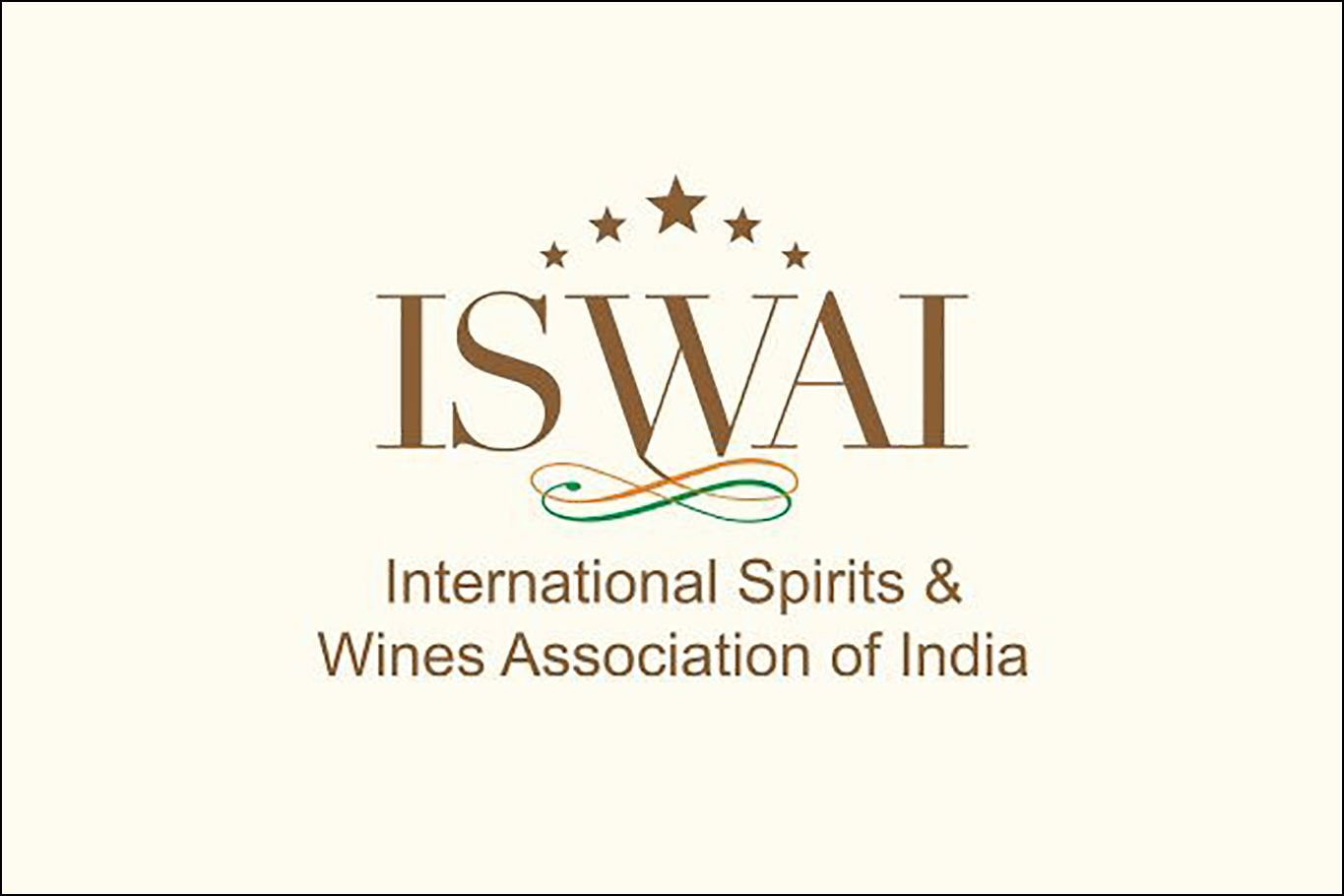 The International Spirits & Wines Association of India (ISWAI) has projected significant growth in India’s alcoholic beverage market, with expectations of reaching a market value of US$ 64 billion over the next five years. This forecast solidifies India’s position as the fifth-largest contributor to global market revenues in the near to medium term. In 2021, the sector had an estimated market size of US$ 52.4 billion, representing about 2% of the country’s nominal GDP and highlighting its significant role in the Indian economy, which also includes country liquor.
The International Spirits & Wines Association of India (ISWAI) has projected significant growth in India’s alcoholic beverage market, with expectations of reaching a market value of US$ 64 billion over the next five years. This forecast solidifies India’s position as the fifth-largest contributor to global market revenues in the near to medium term. In 2021, the sector had an estimated market size of US$ 52.4 billion, representing about 2% of the country’s nominal GDP and highlighting its significant role in the Indian economy, which also includes country liquor.
The report emphasizes the industry’s substantial contributions to state governments through indirect taxes, amounting to a significant Rs 2.4 lakh crore (US$ 29 billion) in the fiscal year 2021, serving as a critical source of revenue. Customs duties on alcoholic beverages alone contributed Rs 2,400 crore (US$ 288.3 million). The alcoholic beverage industry’s revenues constitute 1.7% of India’s nominal GDP, contribute to 7.7% of total taxes collected, and provide 11.7% of indirect tax income in the country. Additionally, it plays a significant role in the total own tax receipts of the states, amounting to 24.6%.
ISWAI recently released a report titled “Economic Value of the Indian Alcoholic Beverage Industry,” which highlights the essential elements and significant roles played by the Indian AlcoBev industry in the economy. Nita Kapoor, the CEO of ISWAI, emphasized that this report underscores the sector’s substantial importance and contributions to the nation’s economy. The AlcoBev Industry is acknowledged as a pivotal economic engine, making it imperative for relevant stakeholders to recognize and value its economic contributions.
The report also draws attention to the extensive utilization of neutral alcohol (ENA) in the production of ready-to-drink alcoholic beverages and Indian-made foreign liquor (IMFL). In 2021, approximately 1,235 million liters of additional ENA were used for this purpose.
Meeting this demand requires an estimated 1.9 million tonnes of grain to produce 741 million extra liters of neutral alcohol for IMFL. This constitutes a relatively small portion, about 0.6%, of the total grain production in India for the year 2021-22.
Moreover, the report highlights the involvement of numerous farms in supplying the grain needed for ENA production. Approximately 3,623,057 and 724,611 farms respectively contribute to this supply chain. This grain production for spirits and wine, including grain, sugarcane, and grapes used for ENA, engages around 2.9% of the workforce in the “agriculture, hunting, forestry, and fishery sectors.”
The Indian alcoholic beverage industry, with sales totaling approximately Rs. 28,000 crore (US$ 3.36 billion), plays a significant role in the organized food and beverage sector, contributing to approximately 14-19% of its total income.













